Drones in EHS Remediation: Combining Technology and Human Expertise

Drone technology has (forgive the pun) taken off in the last decade. These now-ubiquitous unmanned aerial vehicles (UAVs) are being used by industries across the spectrum from entertainment to archaeology.
Drones are vital tools within the full scope of Environmental Health and Safety (EHS) solutions as well. This is the first in a series of posts that will examine the work drones do to make EHS solutions more efficient, effective and safe. Watch for more as we share short videos on our LinkedIn page and YouTube.
Here we’ll explore how drones help EHS professionals safely undertake site investigation and remediation.
What Is Investigation and Remediation?
The process of investigation and choosing the type of environmental remediation involves site analysis, removal of pollutants and contamination from surface water, groundwater, and soil..
Investigation and remediation services include steps such as:
- Soil, groundwater, and surface water investigations (Phase I and Phase II)
- Development of Conceptual Site Models and remediation strategies
- Human and Environmental Risk Assessments
- Innovative Remedial Design
- Implementation, optimization, and monitoring of on-site remediation systems
- Waste disposal, including hazardous waste
Drone Technology That Powers EHS
The technology powering today’s most sophisticated drones is making them an invaluable part of EHS work.
LiDAR
Light Detection and Ranging (LiDAR) has fast become a tool with a thousand uses.
This technology is similar to sonar in how it works, measuring the time it takes for the laser light to bounce off a target. These measurements are compiled and used to create a precise 3D model of an object or area.
A significant benefit of LiDAR is its ability to collect data beyond a canopy of trees or other concealing vegetation. This is especially useful when trying to get an accurate assessment of ground formations or detect concealed objects.
Drone-mounted LiDAR is a more affordable, more accessible solution than gathering LiDAR data using planes, helicopters, or satellites.
Other specialized sensors
Certain sensors detect airborne particulate matter and analyze concentrations of pollutants. Thermal sensors capture temperature information. Hyperspectral sensors gather information from across the electromagnetic spectrum.
Each of these specialized sensors can be used in any number of applications, including EHS remediation.
Artificial intelligence
Artificial intelligence (AI) is the brain that powers today’s cutting-edge drones. AI allows drones to fly in complex situations, such as inside buildings, and stitch images together to form comprehensive 3D models. This process is made faster and more effective through technologies like AI.
AI also powers the drone’s recognition capabilities, enabling object inventory and change alerts for site monitoring.
Drones in Remediation
Drones are being deployed to assist with remediation in a number of ways, reducing risk of exposure to hazardous situations.
Investigation and remediation
Some ways drones are being put to use for investigation and remediation include:
- Site mapping. Drones are being used to create accurate and detailed site maps, as well as to measure and map facilities.
- Watershed mapping. Using LiDAR, thermal mapping, and other sensors, drones can map watersheds and determine routes water takes within the affected zone.
- Aerosol distribution. Using those specialized sensors mentioned above, drones can sense concentrations of CO2, CO, NH3, SO2, PM, O3 and NO2.
- Water pollution. Other specialized sensors can detect seepage from holding tanks, or determine if groundwater is infiltrating surface water near a polluted site.
- Plant health. Image processing outputs compare different light bands in the RGB-captured image. This method uses Visible Atmospheric Resistant Index (VARI) to give visual indications of plant health and is intended for agricultural use.
- Difficult inspections. Quick, inexpensive, remote access inspections for objects large enough to be identified in photos and videos. Drones are capable of accessing difficult areas or areas that introduce a hazard for human access.
- Volume estimation. Produce estimates for soil management, volume capacities for catchment like features, volume of excavation materials.
- Leak detection. Routine real-time aerial images and videos can capture images of leaks or unauthorized activities near critical infrastructure, often in remote areas not visible from the ground.
- Remediation monitoring. Once remediation is underway, drones can monitor remediation efforts and measure zones subject to contaminant removal, among many other uses.
Pilots matter
While technology has expanded what we are capable of learning in the field of EHS remediation, the human factor makes a difference in how data is gathered and extrapolated.
Pilots who are also engineers or technicians with experience in the field of EHS remediation or related work have years of experience knowing what to look for in situations where drones have replaced feet-on-the-ground (or, in some cases, seats in the air).
Inogen Alliance Is Putting Drones to Use
Our global network of pilots, engineers, and EHS professionals work together to deliver near-real-time results to clients in formats that make the information accessible to everyone, regardless of their field of expertise.
Follow this blog series to learn more about how drones are fast becoming the go-to tool for monitoring and site analysis across the full spectrum of EHS services.
Drones in EHS Real Applications
The following examples from our Associate HPC Germany illustrate some active and completed projects involving the use of drones for various applications. One single project of course can benefit from multiple application scenarios from the subsequent instances. In addition, it will show some thoughts that concluded from the eye of the engineer while operated.
Waste disposal management
A commercial space stated for sale contained a big amount of remains and waste on the site. A potential investor looked for a fast and precise evaluation of disposal costs for these leftovers. Combined with our information of the material contents of the heap material and the drone-based calculation of the volumes, an estimation of costs for the disposal could be calculated. In addition to that, a orthophoto of the site facilitated the processes and planning of this project.
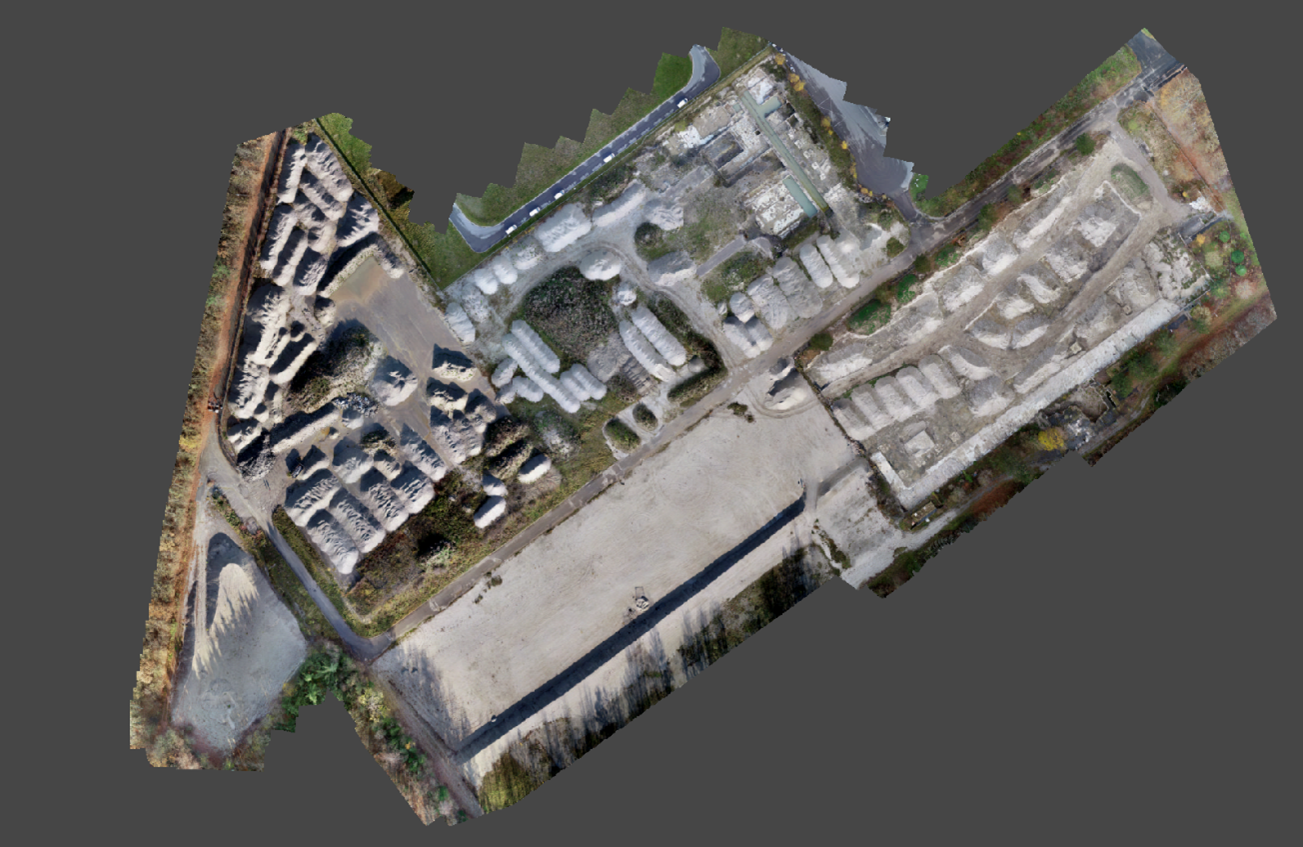
High Resolution Orthophoto of the inspected site
Land Development Planning
This former lime quarry is determined for environment restoration for the next few years. A drone flight was carried out to obtain the current conditions of the restauration. The aim is on the one side to verify the soil deposits and status of different parts of the restauration process with the land development plan and also give numbers of needed soil deposits for the next steps. Like always, a high resolution Orthophoto is utilized for different planning processes.
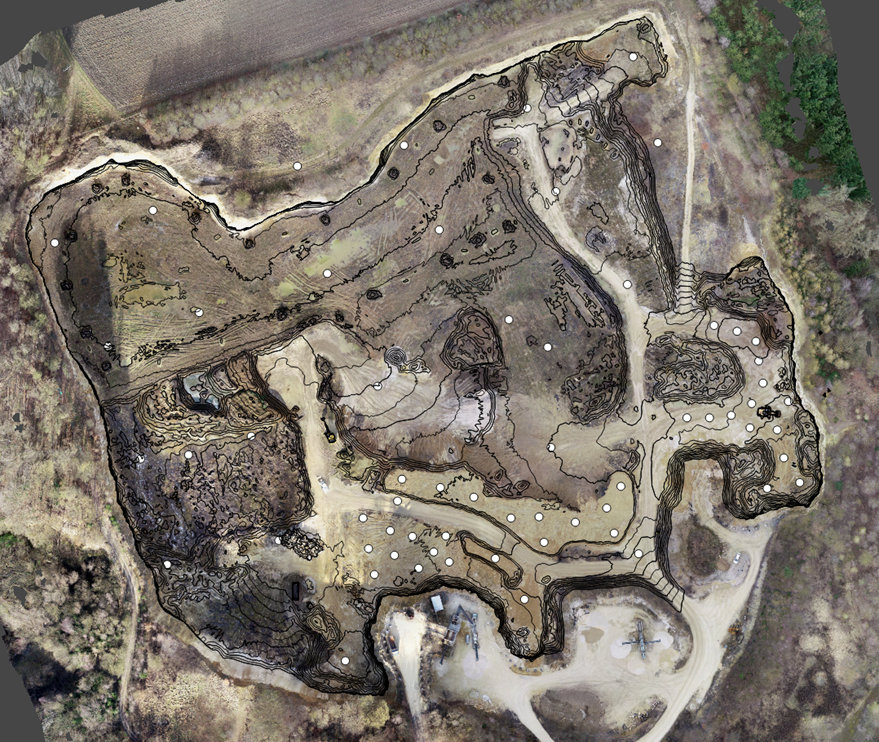
High resolution orthophoto with contours lines of a limestone quarry
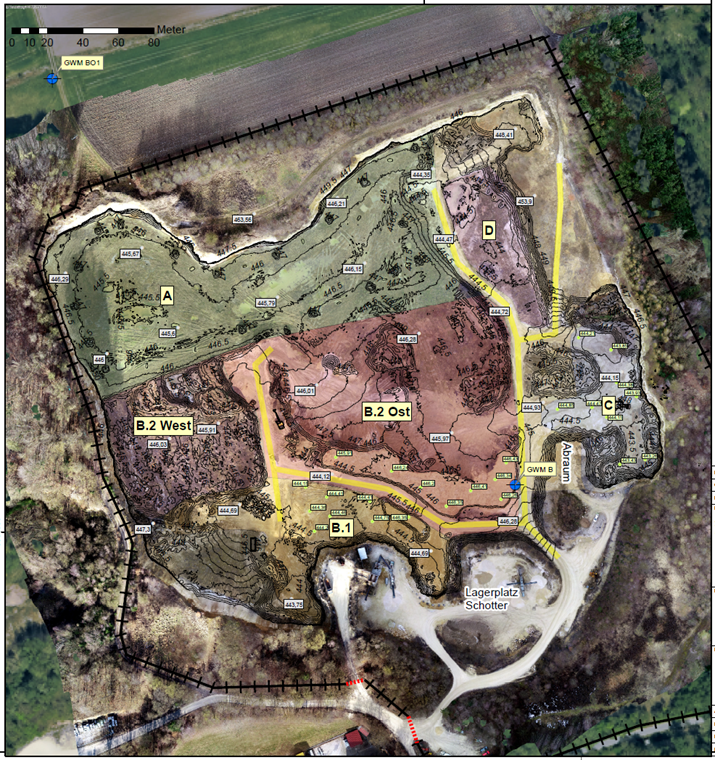
GIS combination with information from a current land development plan
Supervising of Active Construction Sites
The purpose of the drone flights on this big project was mainly the documentation of the building processes from the start until the end. A video of the construction site was done every two weeks and complemented by some detail footages of defined area of interests. This assisted the planning of different construction procedures within this complex project to ensure a completion in time. Particularly with the beginning of the Covid Restrictions these flights ensured to keep the customers management from foreign countries informed about the tasks on site. Apart from that, some smaller investigations on heap volume calculation and precise height measurements with adjusted flight parameters were taken out.
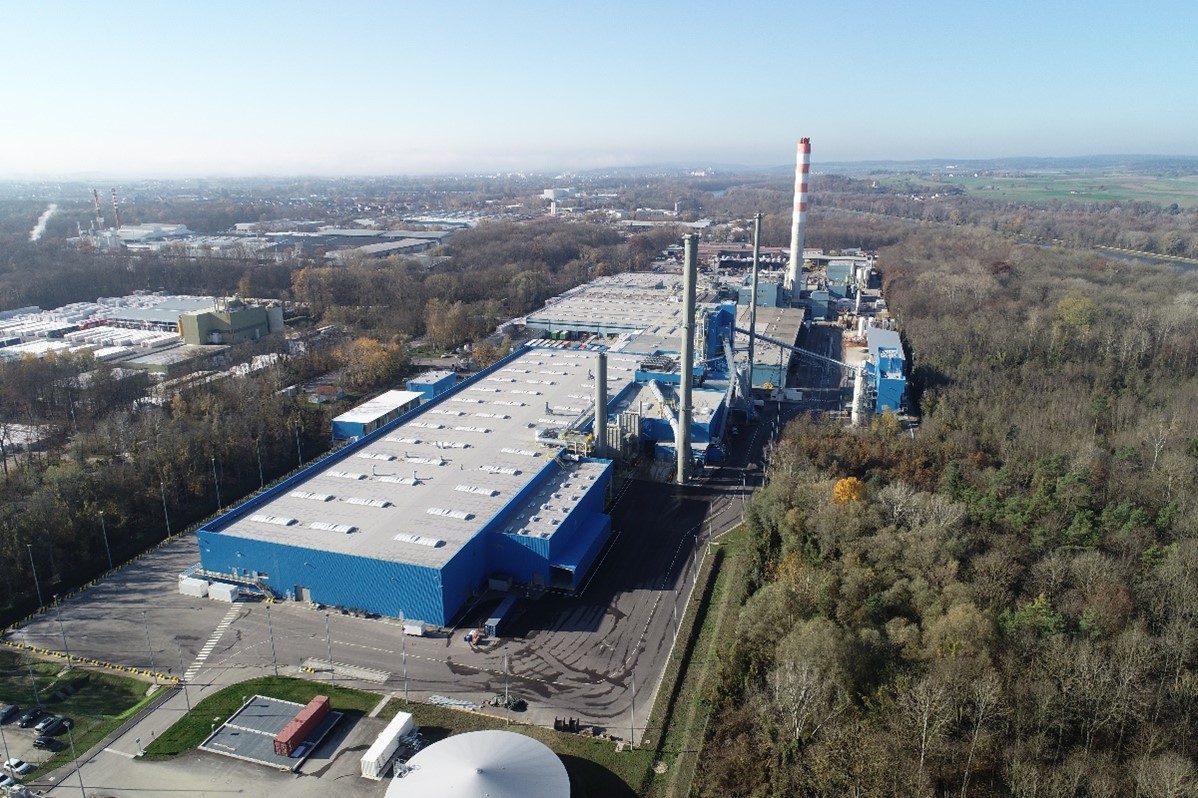
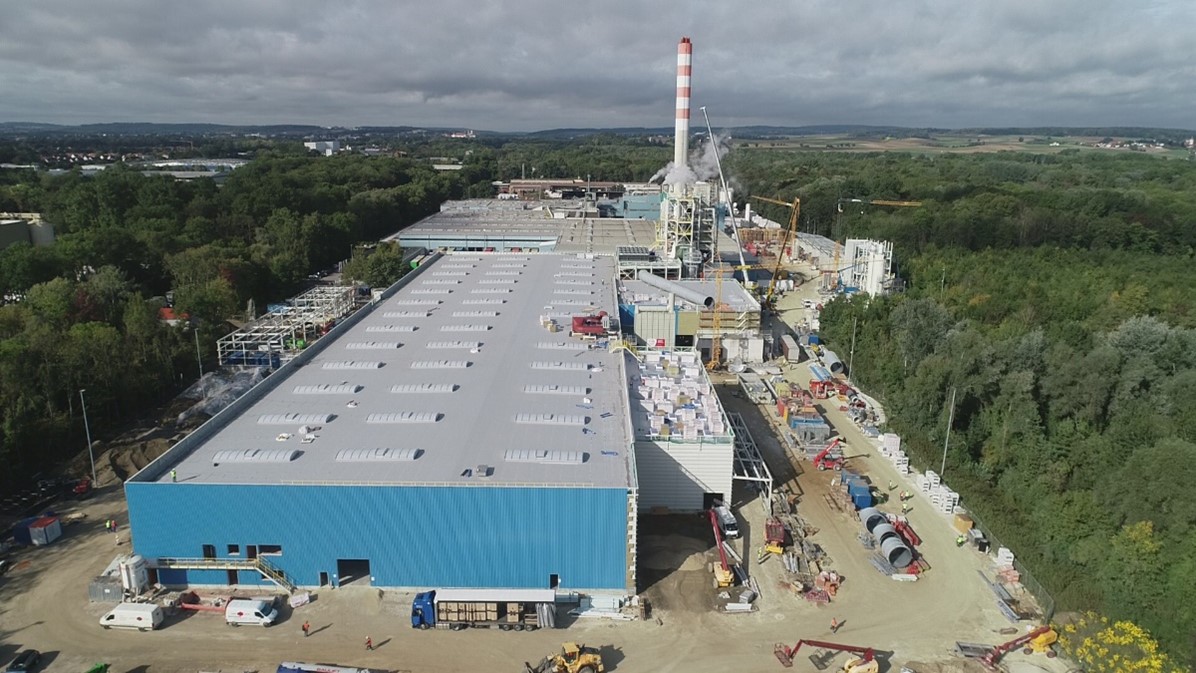
Photos of the construction site surveillance flights
Inogen Alliance is a global network made up of dozens of independent local businesses and over 5,000 consultants around the world who can help make your project a success. Our Associates collaborate closely to serve multinational corporations, government agencies, and nonprofit organizations, and we share knowledge and industry experience to provide the highest quality service to our clients. If you want to learn more about how you can work with Inogen Alliance, you can explore our Associates or Contact Us. Watch for more News & Blog updates here and follow us on LinkedIn.
Learn more about Inogen Alliance’s Contaminated Site Remediation & Investigation of Soil and Groundwater solutions.